Free Embroidery ✂️, Plush Toy 🧸 & Laser Cut Files Daily
Creative Ideas for Embroidery, Plush Toys & Laser Cutters
Join our vibrant community for daily inspiration, ready-to-use designs, and step-by-step patterns. Whether you're just starting out or run a craft business, you'll find fresh ideas and practical resources for every project.
Latest free embroidery designs
-
Rose in hand free embroidery design
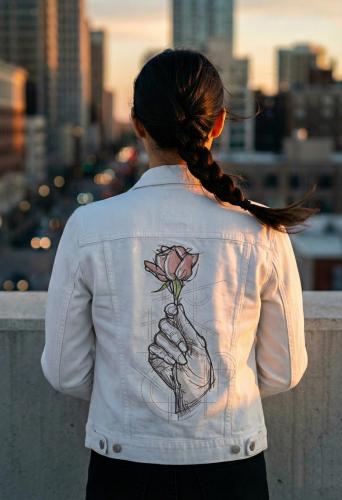
- 1,224 Craft & Embroidery Downloads
- 2 Comments
-
Summer umbrella free embroidery design
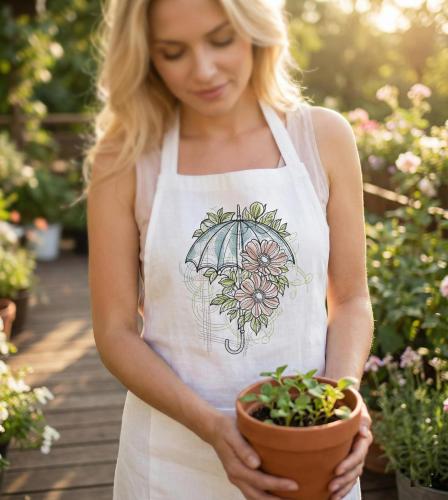
- 2,125 Craft & Embroidery Downloads
- 2 Comments
-
Cat and Girl friendship free embroidery design
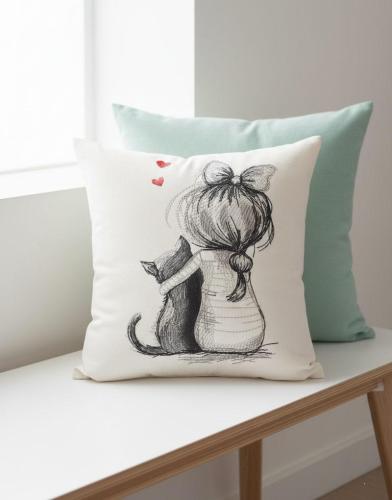
- 1,643 Craft & Embroidery Downloads
- 1 Comments
-
Christmas heartbeat free embroidery design

- 3,132 Craft & Embroidery Downloads
- 1 Comments
-
Christmas horse Santa hat free embroidery design
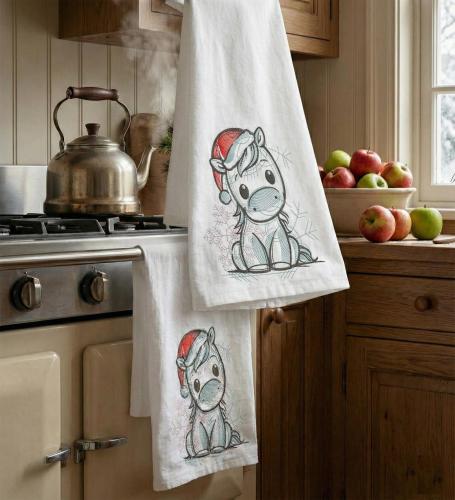
- 2,265 Craft & Embroidery Downloads
- 1 Comments
-
Christmas sleigh with reindeer free embroidery design

- 2,462 Craft & Embroidery Downloads
- 1 Comments
-
Bunny with a star free embroidery design
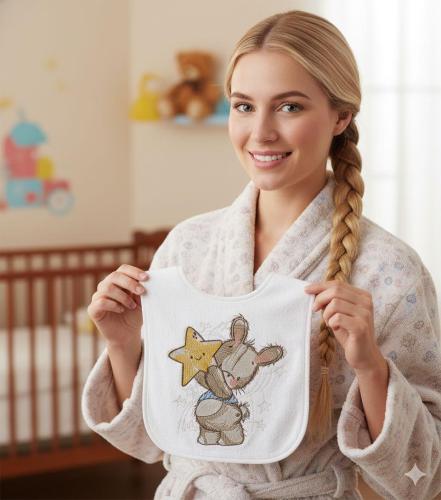
- 1,787 Craft & Embroidery Downloads
- 0 Comments
-
Snowman all the colors of Christmas free embroidery design
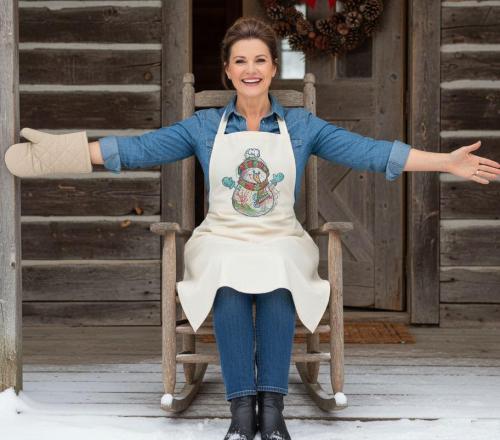
- 2,177 Craft & Embroidery Downloads
- 2 Comments
-
Chat musique free embroidery design

- 520 Craft & Embroidery Downloads
- 1 Comments
-
Lighthouses shine for everyone free embroidery design
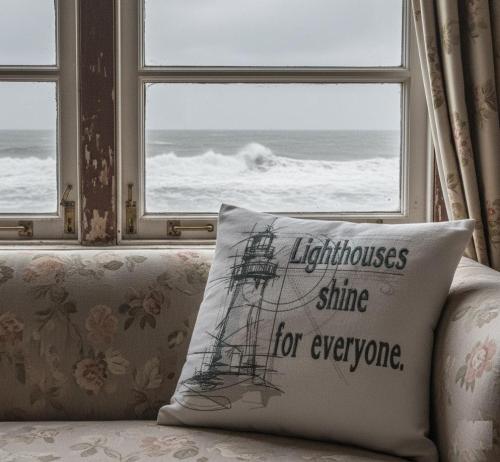
- 920 Craft & Embroidery Downloads
- 2 Comments
-
Hedgehog the Traveler free embroidery design
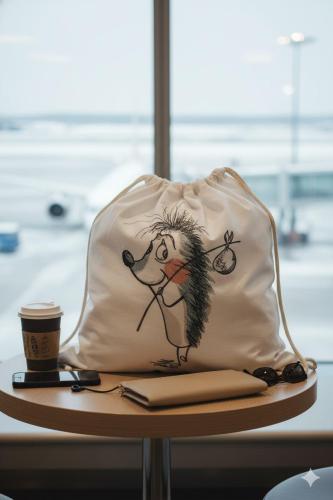
- 1,361 Craft & Embroidery Downloads
- 0 Comments
-
Sitting Corgi sketch free embroidery design
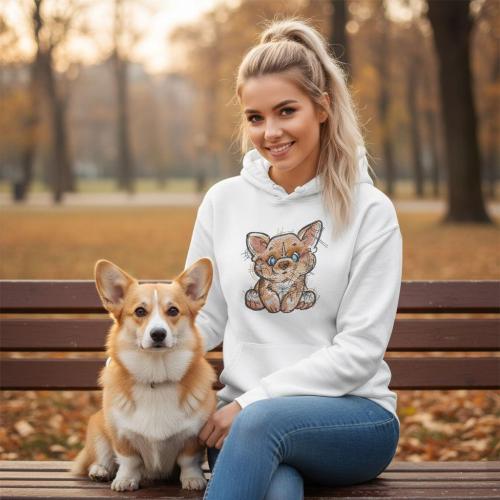
- 1,129 Craft & Embroidery Downloads
- 0 Comments
3D Mandala & Layered Designs
-
Dreamcatcher heart free laser cut design
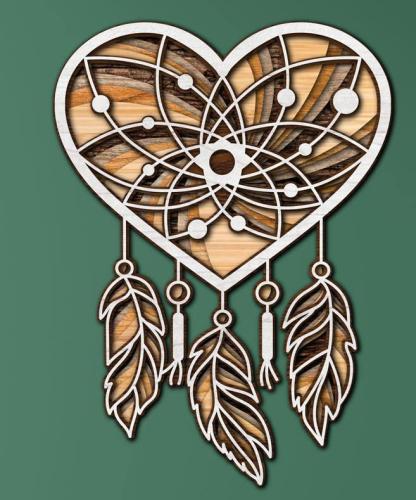
- 30 Craft & Embroidery Downloads
- 0 Comments
-
Dreamcatcher crescent 3D mandala laser cut design free

- 22 Craft & Embroidery Downloads
- 0 Comments
-
Airplane with bunny pilot free laser cut design
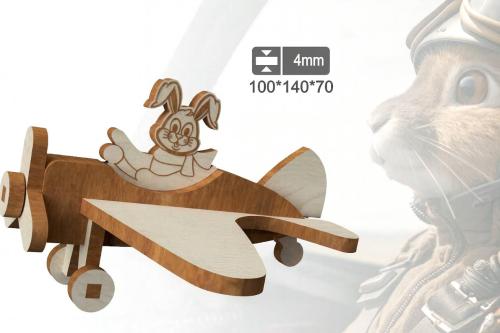
- 21 Craft & Embroidery Downloads
- 0 Comments
-
Dreamcatcher boho 3d mandala cut free design
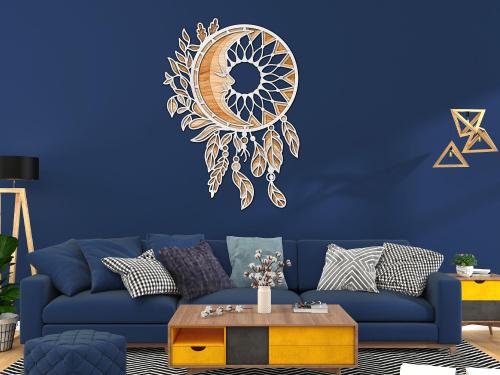
- 36 Craft & Embroidery Downloads
- 0 Comments
Free Plush Toy Pattern
-
Stitch Your Own Labubu: A Creative Journey
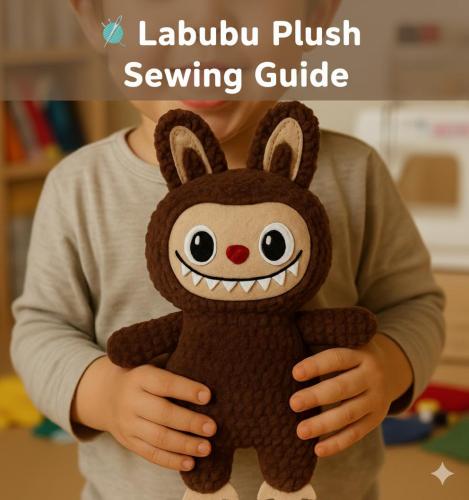
- 588 Craft & Embroidery Downloads
- 0 Comments
-
How to Sew an Adorable Bunny Step by Step
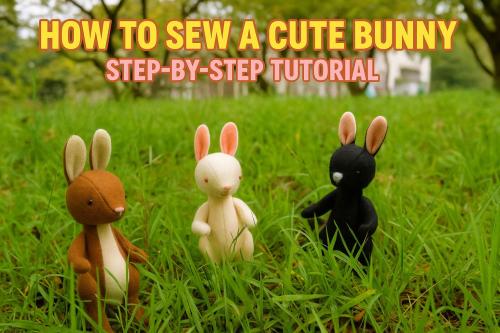
- 74 Craft & Embroidery Downloads
- 0 Comments
-
Diy bunny pillow soft toy free tutorial
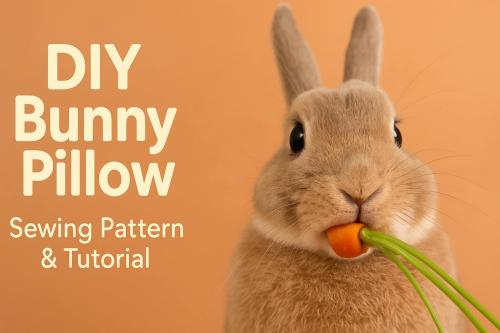
- 91 Craft & Embroidery Downloads
- 0 Comments
-
Elliot the Parisian Elephant soft toy free pattern
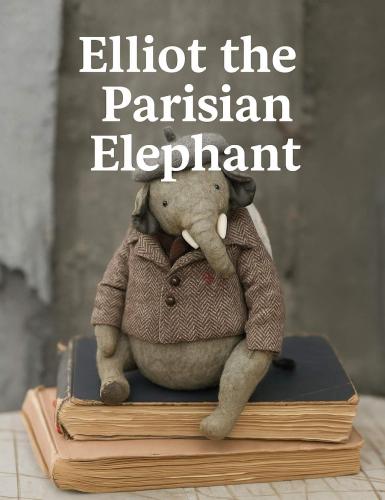
- 101 Craft & Embroidery Downloads
- 0 Comments
Blog Entries
-
🧢 Floating a Hat on a 4×4 Hoop: Real-World Lessons, Mistake
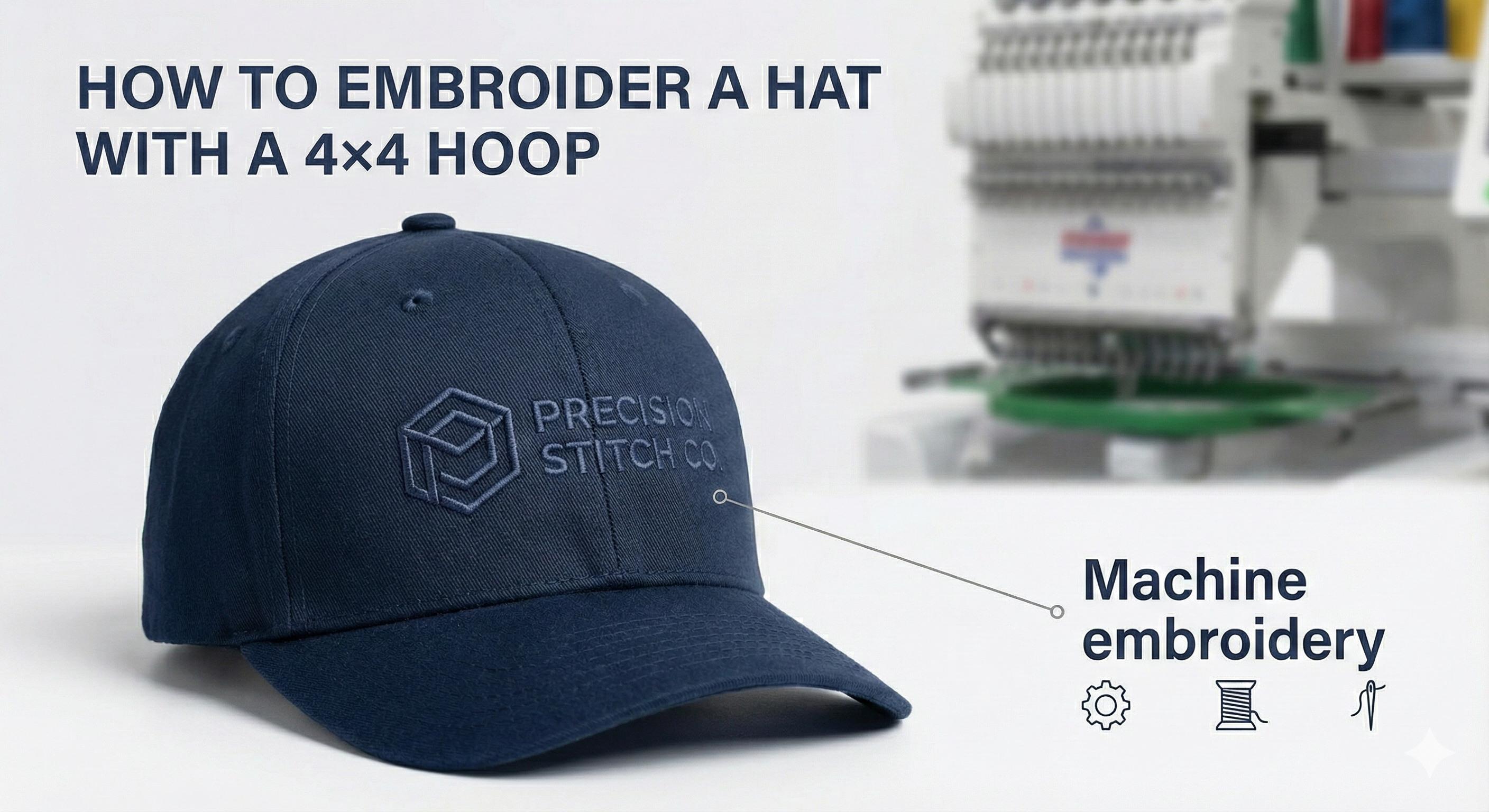
-
25,000 Stitches. One Bobbin. No Second Chances.
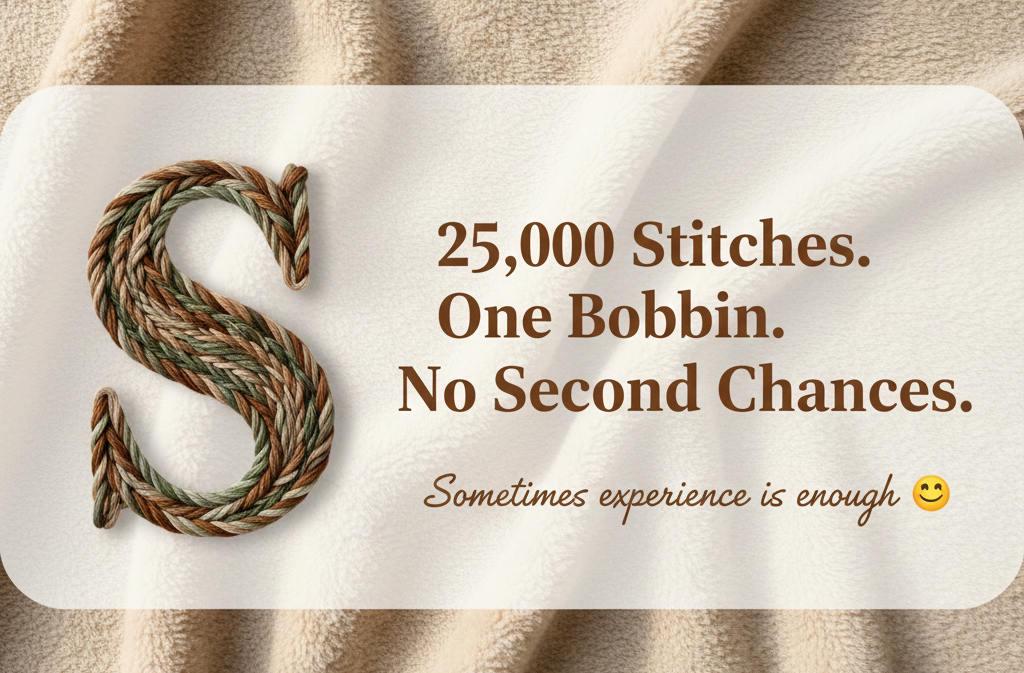
- 0 Comments
- 78 Views
-
✨ Soft, Safe & Stable: The Best Stabilizers for Embroidering
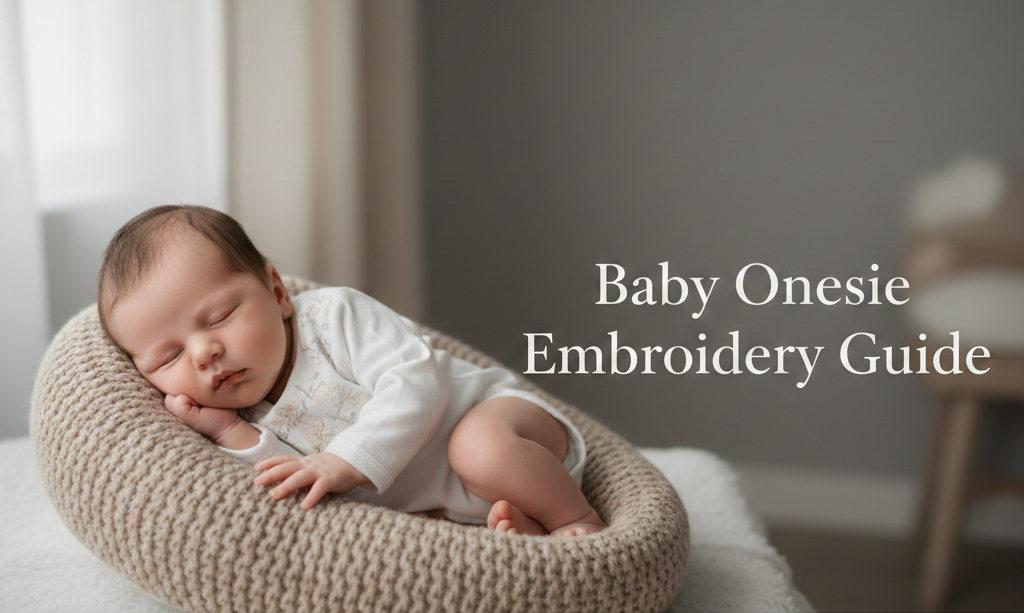
- 0 Comments
- 133 Views
-
🧵 Mastering Fabric Behavior in Machine Embroidery
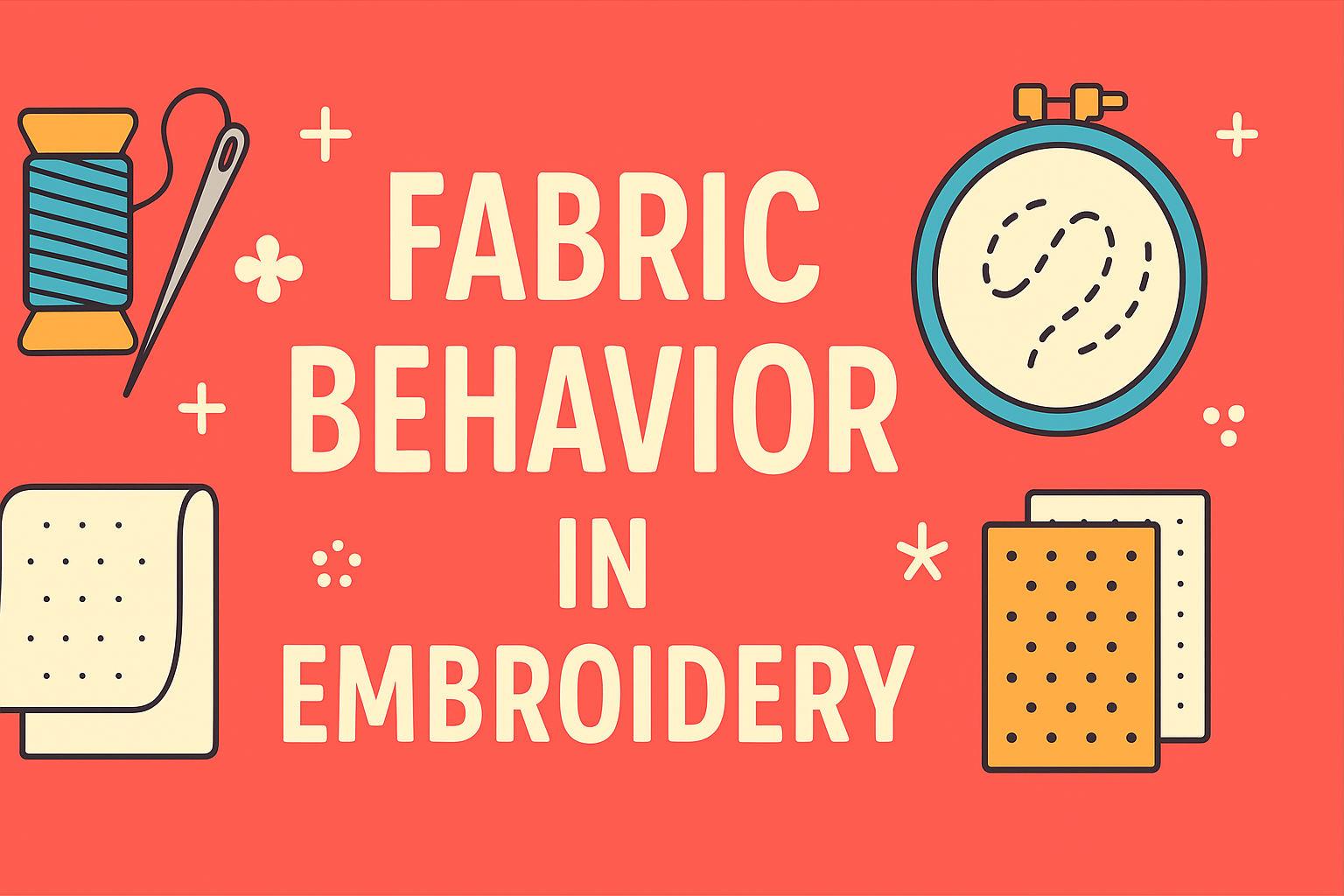
- 1 Comment
- 411 Views
What You'll Find on the Forum
Thousands of Free Embroidery Designs
Instant downloads available in popular formats for various machines.Step-by-Step Tutorials & Articles
Learn new techniques, explore embroidery styles, and discover pro tips.Active Community Forum
Ask questions, share your work, and get help from experienced embroiderers.Expert Reviews & Opinions
Get insights into embroidery machines, software, and accessories.Blog Updates & Creative Inspiration
Fresh content every day: seasonal designs, project ideas, and behind-the-scenes stories.
For Creators, by Creators
We welcome contributions from digital artists and embroidery design authors. Share your work, grow your audience, and connect with fellow creators.
Easy Navigation & Smart Search
Designs and topics are organized into categories, making it easy to find exactly what you need. Use our powerful search tool to discover designs by theme, format, or keyword.
Photo gallery
-
Embroidered Blankets for Children’s Rooms: Cozy & Timeless
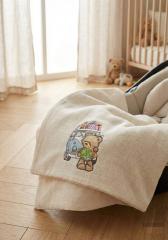
Embroidered Blankets for Children’s Rooms: Cozy & Timeless
By diver361 ·
Embroidered Blankets in a Child’s Room: Warmth, Story & Style 🧸✨
An embroidered blanket in a nursery is more than a cozy layer. It’s a design accent, a keepsake, and often the first textile a child bonds with. When done right, embroidery elevates a simple blanket into a piece that tells a story—soft to touch, safe to use, and beautiful to look at 💛
Below is a systematic guide: from creation challenges and newborn safety to sizing, design choice, materials, and care—plus real-world tips from sellers and designers.
Design inspiration example (as requested):
👉 Teddy bear with map near to minibus embroidery design🧠 Are There Challenges in Making Embroidered Blankets?
Yes—but they’re solvable with the right plan.
Common challenges
Keeping the blanket soft and flexible after stitching
Preventing puckering on layered fabrics
Ensuring baby-safe finishes (no scratchy backs)
Choosing embroidery that remains visible without making the blanket stiff
DESIGNER TIP: Digitize for softness, not maximum density. Open fills and gentle outlines keep the blanket drapey and cuddly.
🪡 Why Embroidery Is Better Than Prints on Blankets
Prints fade and crack. Embroidery lasts—and feels special.
Why embroidery wins
✔ Wash-resistant and durable
✔ Tactile (babies love textures)
✔ Premium, handmade look
✔ Easy to personalize (names, dates)
Embroidery turns a blanket into a memory piece, not just décor 🧵✨
👶 How to Make an Embroidered Blanket for a Newborn
Newborns need softness first.
Best practice
Choose baby-safe fabrics (pre-washed).
Embroider before final assembly (on the top layer only).
Use a soft backing to cover stitches on the reverse.
Keep designs light and centered—no heavy blocks.
CRITICAL NOTE: Never place dense embroidery where the baby’s face rests. Comfort and airflow come first.
🎨 Choosing a Stylish Design That Grows With the Child
Think beyond “baby-only.” The best designs age gracefully.
Design directions that last
Soft animals with gentle expressions 🧸
Storybook scenes (travel, clouds, stars) ✨
Minimal line art in calm palettes
Neutral backgrounds with one playful accent
Avoid
Overly bright neon fills
Tiny text that disappears after washes
Very trendy motifs that date quickly
SELLER INSIGHT: Parents prefer designs that still look good at age 3–5. “Grows-with-you” aesthetics sell better.
📍 Where to Place Embroidery on a Blanket
Placement affects both visibility and comfort.
Best placements
Upper center (visible in cribs and photos)
One corner (classic, lightweight, elegant)
Wide border accent (for larger blankets)
Avoid
Dead center for very dense designs (can stiffen the drape)
📏 Average Blanket & Embroidery Sizes
Common blanket sizes
Newborn: 70×90 cm (27×35")
Baby: 90×120 cm (35×47")
Toddler: 100×140 cm (39×55")
Recommended embroidery sizes
Newborn: 10–14 cm (4–5.5")
Baby/Toddler: 14–22 cm (5.5–8.5")
Rule of thumb: Big enough to read, light enough to cuddle.
🧵 What to Know Before Stitching
Pre-wash all fabrics (shrinkage control)
Stabilize only the top layer
Test stitch on scraps
Use colorfast threads
Finish the back with soft fusible cover
PRACTICAL TIP: If the embroidery feels stiff after stitching, density is too high. Comfort beats sharpness on baby blankets.
🧶 Materials Comparison (Pros & Cons)
Material
Pros
Cons
Cotton muslin
Breathable, baby-safe
Needs gentle stabilization
Cotton jersey
Soft, stretchy
Can distort without cut-away
Fleece
Warm, cozy
Can “swallow” fine details
Minky
Ultra-soft, luxurious
Slippery; requires topper
Quilted cotton
Structured, premium
Heavier feel
Best stabilizers
Light cut-away (top layer only)
Water-soluble topper for nap fabrics
Soft fusible backing for the reverse
🧼 Care & Washing
Gentle cycle, cold water
Mild detergent
Air dry or low heat
Avoid fabric softeners (can dull threads)
CARE NOTE: A well-embroidered blanket should look the same after 20+ washes. Test once before gifting or selling.
🔍 What We See Online (Market Signals)
Animals + story themes dominate sales
Neutral bases with one accent color convert best
Personalization increases value
Sets (blanket + pillow/basket) photograph beautifully 📸
Typical price range: $45–$120, higher with personalization.
❤️ Final Thoughts
An embroidered blanket brings warmth, story, and intention into a child’s room. With the right materials, placement, and a gentle design—like a teddy on a little journey—you create something parents keep long after the nursery years 🧸🌟
-
Cozy Order: Soft Storage Baskets for Children’s Interiors
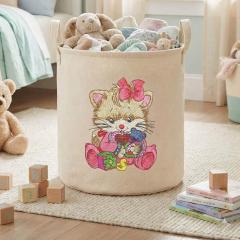
Cozy Order: Soft Storage Baskets for Children’s Interiors
By diver361 ·
Soft Storage Baskets in a Kids’ Room: Cozy Order with a Personal Touch 🧺✨
A children’s room is a place where imagination lives — and where toys somehow appear everywhere. Soft storage baskets are not just a trend in nursery interiors; they are a smart, emotional, and child-friendly solution that helps keep order without killing the magic 🧸🌈
In this article, we’ll look at soft baskets as a systematic interior element:
why they are needed, how embroidery elevates them, what challenges exist in production, and how to choose the right design to reflect a child’s personality.Design example to keep in mind:
👉 Kitten with baby rattle embroidery design🧠 Do Soft Baskets Really Matter in a Kids’ Interior?
Yes — and more than it may seem at first glance.
Soft baskets help to:
Organize toys, books, blankets, clothes 🧸📚
Teach children independent cleanup habits
Keep the room visually calm and cozy
Reduce the risk of injuries compared to hard plastic bins
Unlike rigid storage, textile baskets feel warm, safe, and inviting — exactly what a child’s room should be.
<div style="background:#f0f0f0;padding:14px;border-radius:8px;"> <strong>INTERIOR DESIGNER TIP:</strong><br> Soft baskets visually “blend” into the room, while hard boxes always dominate the space. That’s why textile storage works best for nurseries. </div>
🧺 Are There Difficulties in Creating Soft Baskets?
Yes — but they are manageable if planned correctly.
Main challenges:
Keeping the basket’s shape
Preventing embroidery distortion
Choosing washable, child-safe materials
The good news? Modern stabilizers, interlinings, and embroidery techniques solve most of these issues beautifully.
🪡 Why Embroidery Is the Best Decoration for Soft Baskets
Printed décor fades. Stickers peel.
Embroidery lasts.Why embroidery wins:
✔ Durable and wash-resistant
✔ Tactile — kids love touching stitched designs
✔ Adds emotional value and personality
✔ Looks premium and handcrafted
A cute embroidered character can turn a basket into a “room companion” — not just storage, but part of the child’s world 🐱💕
🎨 Choosing a Design That Reflects the Child’s Personality
The best designs are not random — they tell a story.
Design ideas by personality:
🐻 Soft animals → calm, gentle kids
🚗 Vehicles → active, curious personalities
🌸 Flowers & fairies → dreamy, artistic children
🦊 Funny characters → playful, imaginative minds
💡 Neutral colors with one bright accent work best — they grow with the child and don’t feel “too babyish” later.
<div style="background:#f0f0f0;padding:14px;border-radius:8px;"> <strong>SELLER INSIGHT:</strong><br> Parents are far more likely to buy a basket when the design “looks like their child.” </div>
📍 Best Placement for Embroidery on a Basket
For maximum visibility and durability:
Front center panel — always visible
Slightly above the middle — avoids distortion when filled
Away from side seams and handle attachments
Avoid placing embroidery too low — the basket bottom bulges under toy weight.
📏 Average Basket & Embroidery Sizes
Basket Height
Diameter
Recommended Embroidery Size
30–35 cm
25–30 cm
14–18 cm
40–45 cm
30–35 cm
18–25 cm
50–55 cm
35–40 cm
22–30 cm
✨ Bigger baskets benefit from larger, expressive designs — small embroidery can feel “lost.”
🧵 Materials Comparison: Pros & Cons
Material
Pros
Cons
Cotton canvas
Strong, durable, easy to embroider
Needs interfacing for shape
Cotton twill
Softer feel, child-friendly
Can wrinkle
Felt
Naturally holds shape
May pill over time
Linen blends
Stylish, natural look
Requires strong stabilizer
Upholstery fabric
Excellent structure
Harder to hoop
🔧 Best internal support options:
Foam stabilizer (3–5 mm)
Thick interfacing (Decovil, Pellon)
Quilted batting for softer walls
🧼 Care & Washing: What Parents Need to Know
Well-made embroidered baskets can be washed — if designed correctly.
Best practices:
Use colorfast threads
Pre-wash fabrics before embroidery
Gentle cycle, cold water
Air dry or low heat
<div style="background:#f0f0f0;padding:14px;border-radius:8px;"> <strong>PRACTICAL TIP:</strong><br> Removable bottom inserts make washing much easier — parents appreciate this detail! </div>
🔍 What We See Online: Market Trends
From Etsy and nursery décor brands:
Animal embroidery dominates
Soft neutral baskets sell best
Personalized names increase price and conversion
Sets (basket + pillow + towel) are very popular 🎁
💰 Typical price range: $40–$100, depending on size and personalization.
❤️ Final Thoughts: More Than Storage
A soft embroidered basket is:
🧺 Organization
🎨 Decoration
🧵 Handmade warmth
💕 Emotional connection
It helps children feel proud of their space — and makes tidying up a little happier every day.
With thoughtful materials, proper structure, and a sweet embroidered design like Kitten with baby rattle, you create not just an interior item — but a memory 🌟

